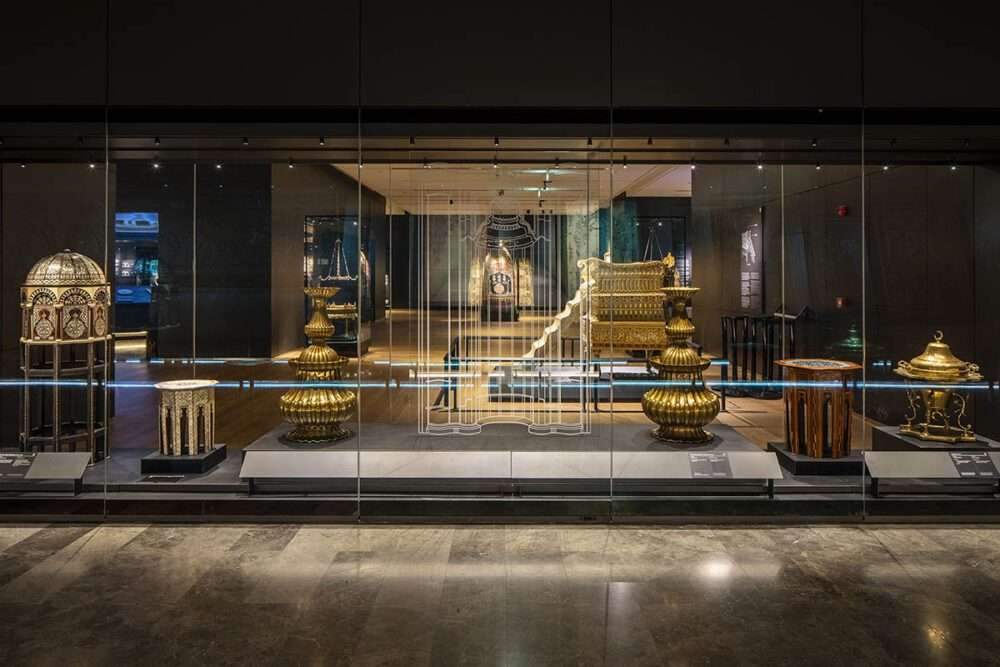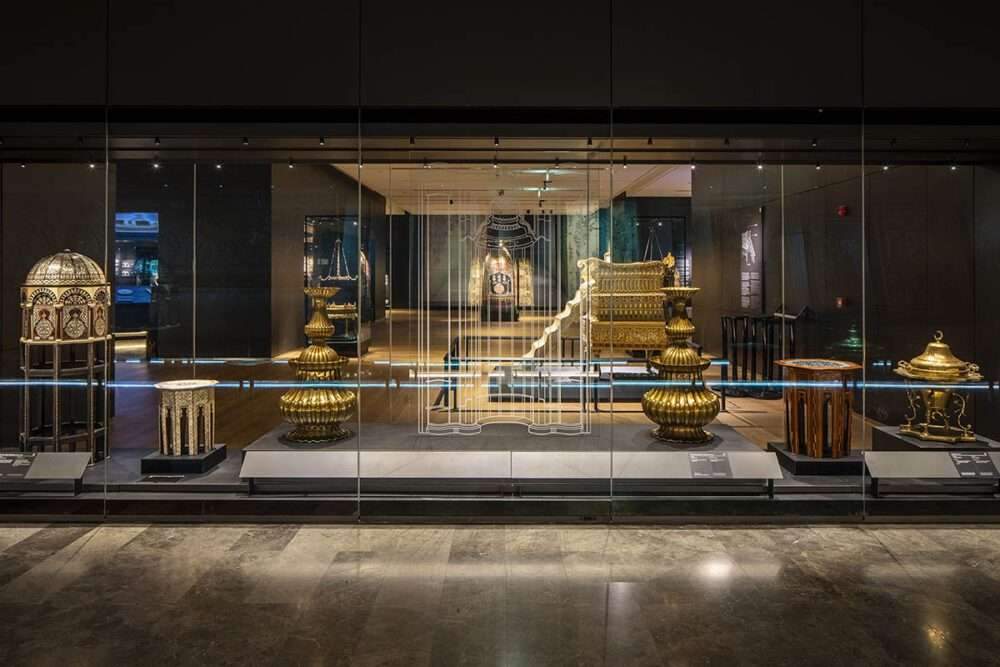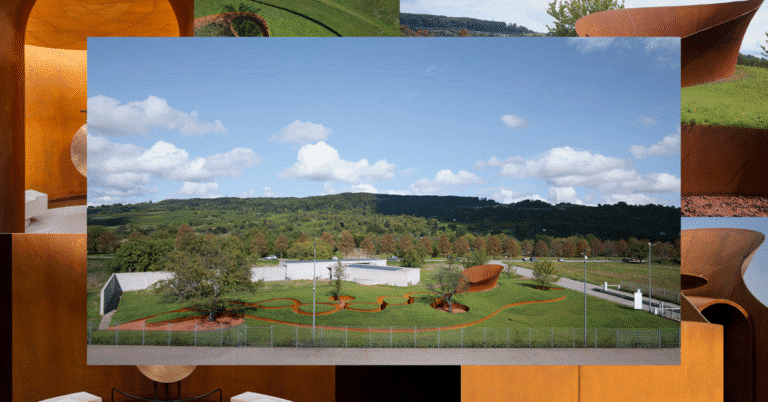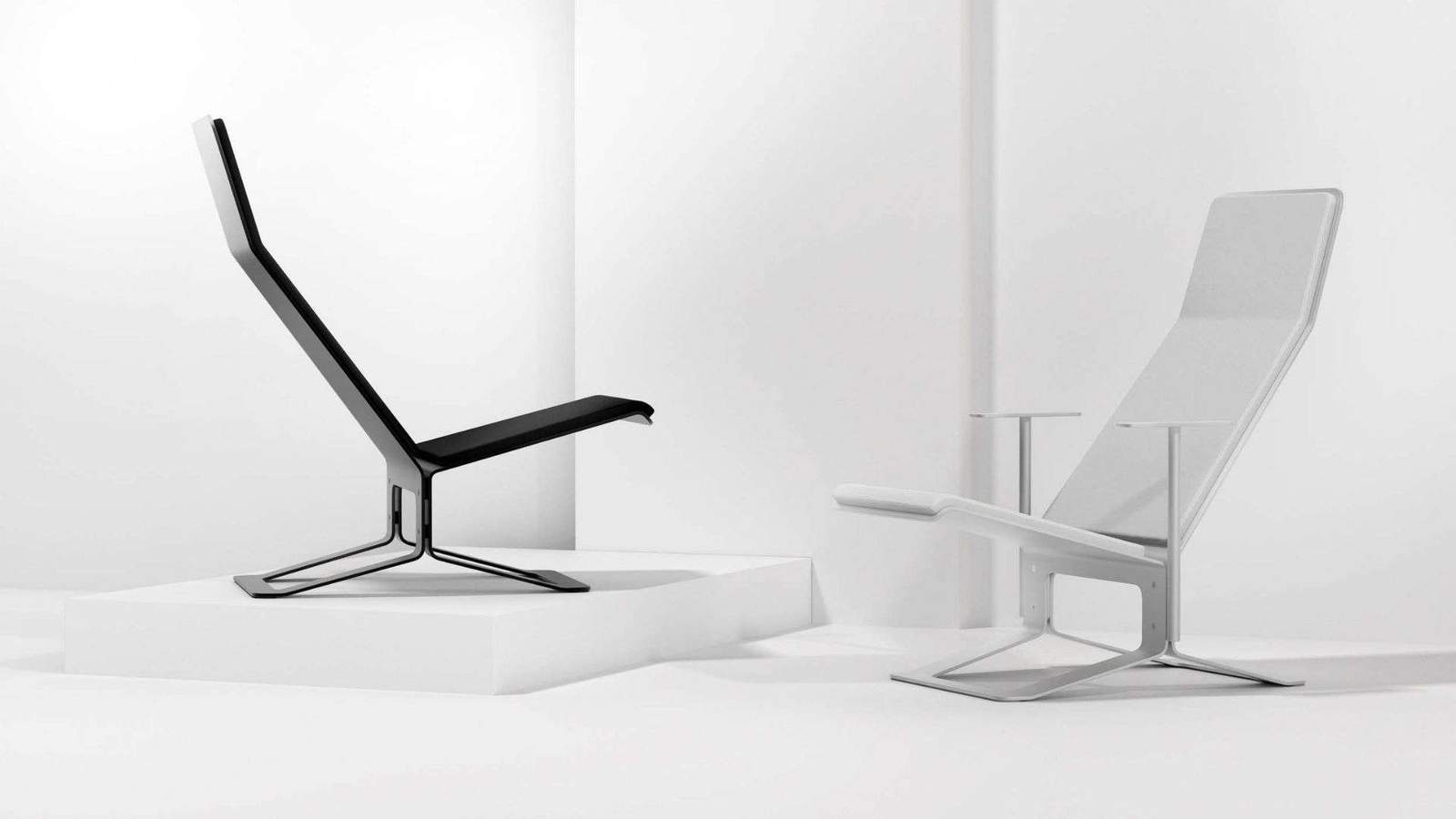Displaying Islamic antiquities through sculptural and interactive spaces
Displaying Islamic antiquities through sculptural and interactive spaces,
A project by Istanbul architecture firm do[x]architecture proposes how to represent more than 400 Islamic artifacts in digital,
interactive and exploratory ways in Istanbul, Turkey .
The museum, called the Museum of Islamic Civilizations (MIC),
with an area of 8,000 square metres, was built on real Islamic references.
The museum was opened to visitors last year in Çamlca, Istanbul, Turkey.
The museum’s design, content, display interfaces,
graphic narratives and scenography have been enhanced in numerous interactive,
digital and audio-visual installations throughout the interior spaces.

A massive tree-like structural pillar, called the Tree of Life, is made from handcrafted pieces that were cast on site.
It becomes the centerpiece of the museum, welcoming visitors before entering the exhibition space.
The Tree of Life becomes a representation of the universality and unity of the religion of Islam.
The project was completed as part of the Çamlıca Grand Mosque complex in Istanbul,
with the aim of displaying artifacts collected in the context of Islamic civilizations.
The museum displays more than 400 artifacts, dating from the seventh to the nineteenth centuries.
It describes the artistic and historical development of Islamic civilization in 14 sections.
do[x]architecture overhauled the project starting with the interior design of the museum,
Exhibition and scenography design and design of additional spaces such as the café and museum shop.

Design features
The company created the design scenario in two stages:
The first stage of the project included creating the exhibition scenario by defining the exhibition titles and sections.
The latter represented the implementation of this scenario by forming the general plan of the museum.
In the subsequent phase, the team designed the interiors, layouts, showcases,
content and layout of the graphic novels throughout the entire exhibition space,
They decided on the contents and locations for interactive and digital storytelling throughout the space.
In the second phase, in line with the final inventory work,
the studio determined the locations and positions of all the artifacts while designing their bases and display devices.

In addition, the company created the most appropriate color and material palette in the spaces in which it will be displayed,
which was selected for each antique.
The Dome, Water of Life, Conquest in Islam, Spread of Islam,
Calligraphy and Tree of Life are among the main sections of the museum.
The museum’s inventory – created under the supervision of experts within the Directorate of National Palaces – has been selected.
Among the previously undisplayed artifacts of the 6 museums are:
Topkapi Palace, Palace Collections Museum, Istanbul Archaeological Museums,
Istanbul Tombs Museum, Archeology Museum. Endowments and the Museum of Turkish and Islamic Arts.

The museum consists of two floors of artifacts grouped on a real representation,
Including places of worship, the spread of Islam, scientific developments,
and architectural and decorative elements,
Manuscripts, textile artifacts, woven textiles and coins.
MIC aims to offer a comprehensive scope of storytelling and experience in the context of the culture and architecture of Islamic civilization.
For more architectural news






